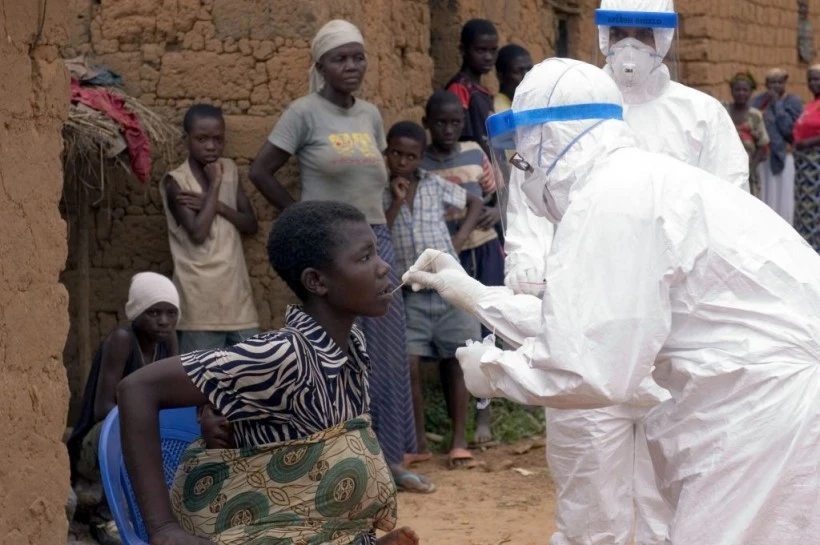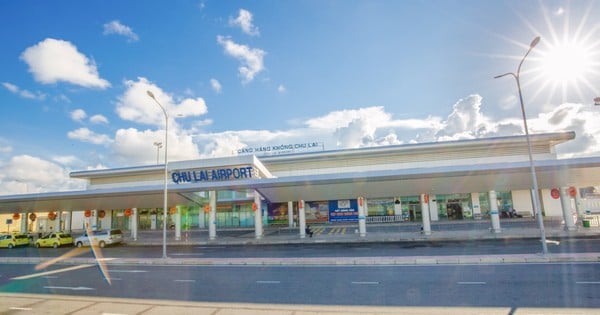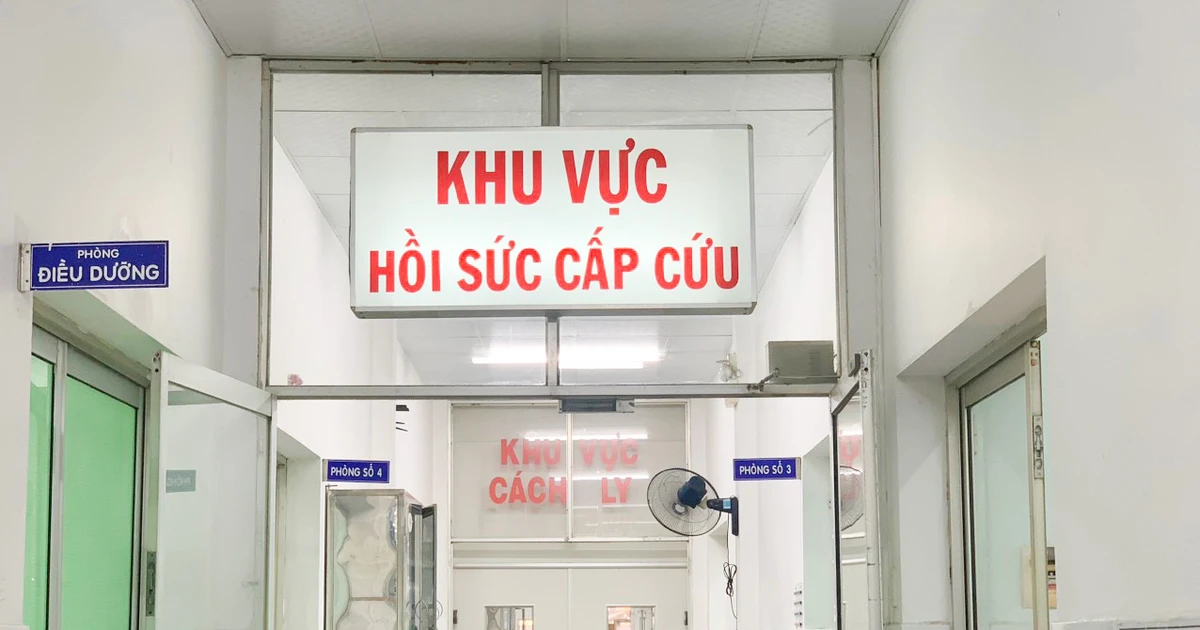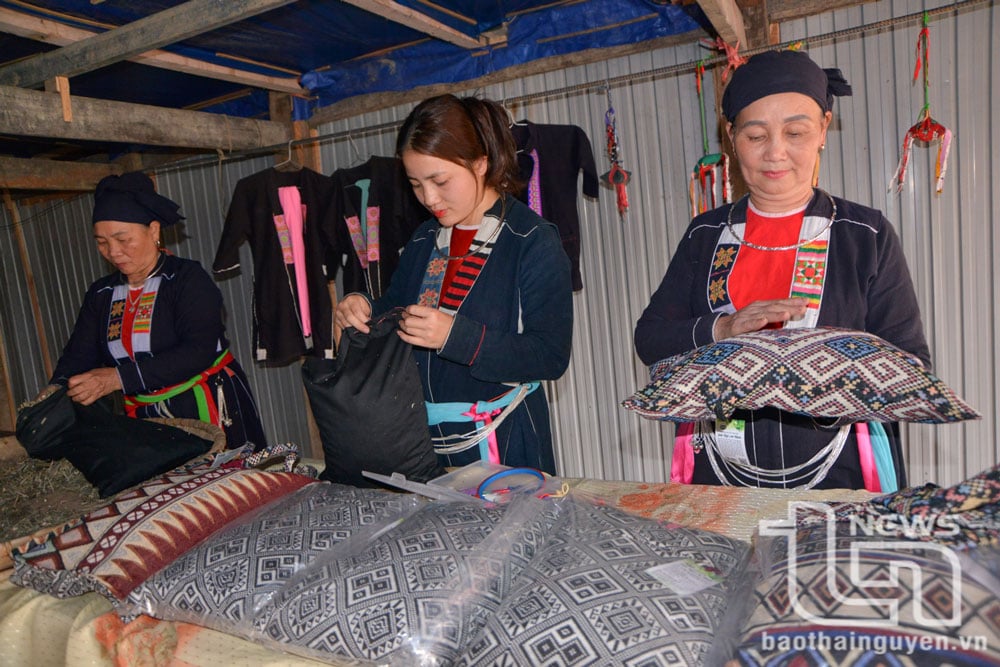Marburg virus disease is currently breaking out in Rwanda (Africa) with 58 cases, including 13 deaths. In Ho Chi Minh City, the health sector is monitoring passengers from flights related to Rwanda.
On the evening of October 13, the Ho Chi Minh City Department of Health said that the risk of Marburg disease entering the city is not high but it is still possible. The information was given in the context of the complicated development of the disease caused by the Marburg virus in Africa. Immediately after that, the Department of Preventive Medicine (Ministry of Health) issued an urgent dispatch on proactively monitoring, detecting and controlling the Marburg disease entering our country.
According to the Ho Chi Minh City Department of Health, the risk of Marburg entering the city by air is quite low because there are no direct flights and incoming passengers are screened before departure. The possibility of the disease entering by sea is also very low because Rwanda has only one seaport.

According to data on ships entering the country from January 2023 to September 30, 2024, there were no ships coming directly from this seaport. In addition, the shipping time from Africa to Ho Chi Minh City by sea usually lasts from 25-40 days, longer than the incubation period of Marburg disease (21 days).
Although the World Health Organization (WHO) has assessed that the risk of this outbreak is low at the global level, some countries such as South Korea, China, and the United States have strengthened medical measures at border gates. In Vietnam, the Department of Preventive Medicine (Ministry of Health) has issued a document directing the implementation of disease control measures at border gates. The Ho Chi Minh City Department of Health has also directed the City Center for Disease Control to strictly implement, especially monitoring passengers from flights related to Rwanda.
At the same time, the Ho Chi Minh City health sector has also proactively implemented measures such as: increasing information updates on Marburg disease as well as other emerging infectious diseases, strengthening surveillance of people entering the country from epidemic areas, being ready to intervene if cases of infection are detected, and communicating to raise awareness about risk factors for Marburg virus infection and personal protective measures to reduce human transmission.

According to the Ho Chi Minh City Department of Health, people should limit unnecessary travel to countries with outbreaks. For those who have traveled to countries with outbreaks, if they have symptoms of suspected illness, they should immediately go to medical facilities, provide full information for timely diagnosis and treatment, and limit infection.
In addition, people should refer to information about the epidemic posted on official sources, avoiding unverified information that causes panic and anxiety.
On September 27, 2024, the Rwandan Ministry of Health announced an outbreak of Marburg virus, the first detected in the country. As of October 10, 58 cases were recorded, of which 13 were fatal, 15 were confirmed recovered, and 30 were receiving care. The World Health Organization (WHO) assessed the risk of the outbreak as very high at the national level, high at the African regional level, and low at the global level.
Marburg virus is transmitted from person to person through direct contact with the blood, secretions, organs or other body fluids of an infected person, as well as with surfaces and materials contaminated with these fluids. The disease begins abruptly with high fever, severe headache and malaise. From day 5, patients develop bleeding symptoms and may die within a few days due to severe blood loss. The average mortality rate is 50%, ranging from 24% to 88% in previous outbreaks. Currently, there is no approved vaccine or antiviral treatment for the disease.
TRANSPORTATION
Source: https://www.sggp.org.vn/nguy-co-benh-marburg-xam-nhap-vao-tphcm-ra-sao-post763480.html


![[Photo] Prime Minister Pham Minh Chinh meets with King Philippe of Belgium](https://vstatic.vietnam.vn/vietnam/resource/IMAGE/2025/4/1/be2f9ad3b17843b9b8f8dee6f2d227e7)

![[Photo] General Secretary To Lam receives King Philippe of Belgium](https://vstatic.vietnam.vn/vietnam/resource/IMAGE/2025/4/1/e5963137a0c9428dabb93bdb34b86d7c)

![[Photo] Close-up of Vietnam's sniffer dog team searching for earthquake victims in Myanmar](https://vstatic.vietnam.vn/vietnam/resource/IMAGE/2025/4/1/d4949a0510ba40af93a15359b5450df2)
![[Photo] President Luong Cuong and King Philippe of Belgium visit Thang Long Imperial Citadel](https://vstatic.vietnam.vn/vietnam/resource/IMAGE/2025/4/1/cb080a6652f84a1291edc3d2ee50f631)

























![[Photo] Myanmar's capital in disarray after the great earthquake](https://vstatic.vietnam.vn/vietnam/resource/IMAGE/2025/4/1/7719e43b61ba40f3ac17f5c3c1f03720)










































![[6pm News] Of the 40 newly discovered gold mines, 4 are in Thanh Hoa](https://vstatic.vietnam.vn/vietnam/resource/IMAGE/2025/4/1/08644991aa1b4030a549159f2f87c0d6)


















Comment (0)